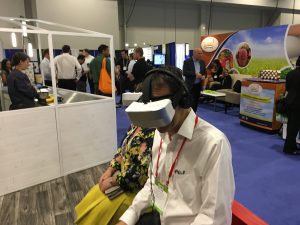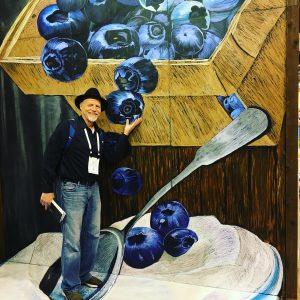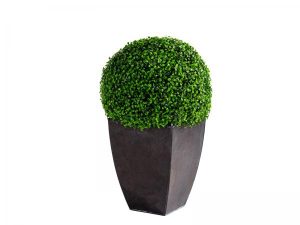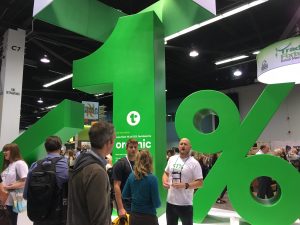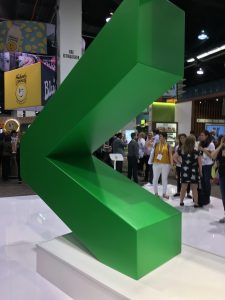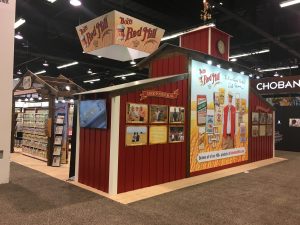7 Traits of Tradeshow Super Connectors
You’ve probably run into a tradeshow super connector and didn’t even realize it at the time. Not until later, when you got to thinking about that person you talked to. The one that knows everyone, and everyone knows him or her.
Billionaire Mark Cuban is known as a super connector. Peter Shankman is often thought of as a super connector. In his first book, Can We Do That, he describes how people would call him to recommend or connect them to someone specific. Peter knew everybody. It’s how he ended up starting HARO, Help A Reporter Out, and eventually sold the company.
What would make a tradeshow super connector? I think I have met a few along the way, although – not being one – I’m not sure I can easily spot them.
Here are what I see as seven traits of a super connector:
-

Outgoing; willing to talk to anyone, willing to introduce people.
- They see connections where us normal humans don’t: Jill, meet Sam. He’s a money management book editor. She’s an author working on a new money management book. You can make some money and change people’s lives together. No need to cc me – just check each other out.
- They’re willing to create gatherings at events that bring even more people together.
- They follow up. Following up is quick and easy; even if they think someone is trying to sell them something. I can tell you from experience, lots of people never bother to follow up with something they aren’t personally familiar with. But a super connector doesn’t mind. She sees connections everywhere and is willing to connect.
- They reach back to people they’ve become disconnected from in their past.
- Super connectors are giving. They give their time, they give value, they create content that other people find useful.
- Super connectors are helpful. Often, even during a first meeting where they have little to gain from knowing you, they’ll say “How can I help?”
- And finally, in my view, super connectors usually don’t have a big ego. Sure, they’re confident in themselves, but there is a bit of humbleness – they’re always willing to learn something and don’t have the arrogance to think they know everything.
Keep a look out for the super connectors at your next tradeshow.

